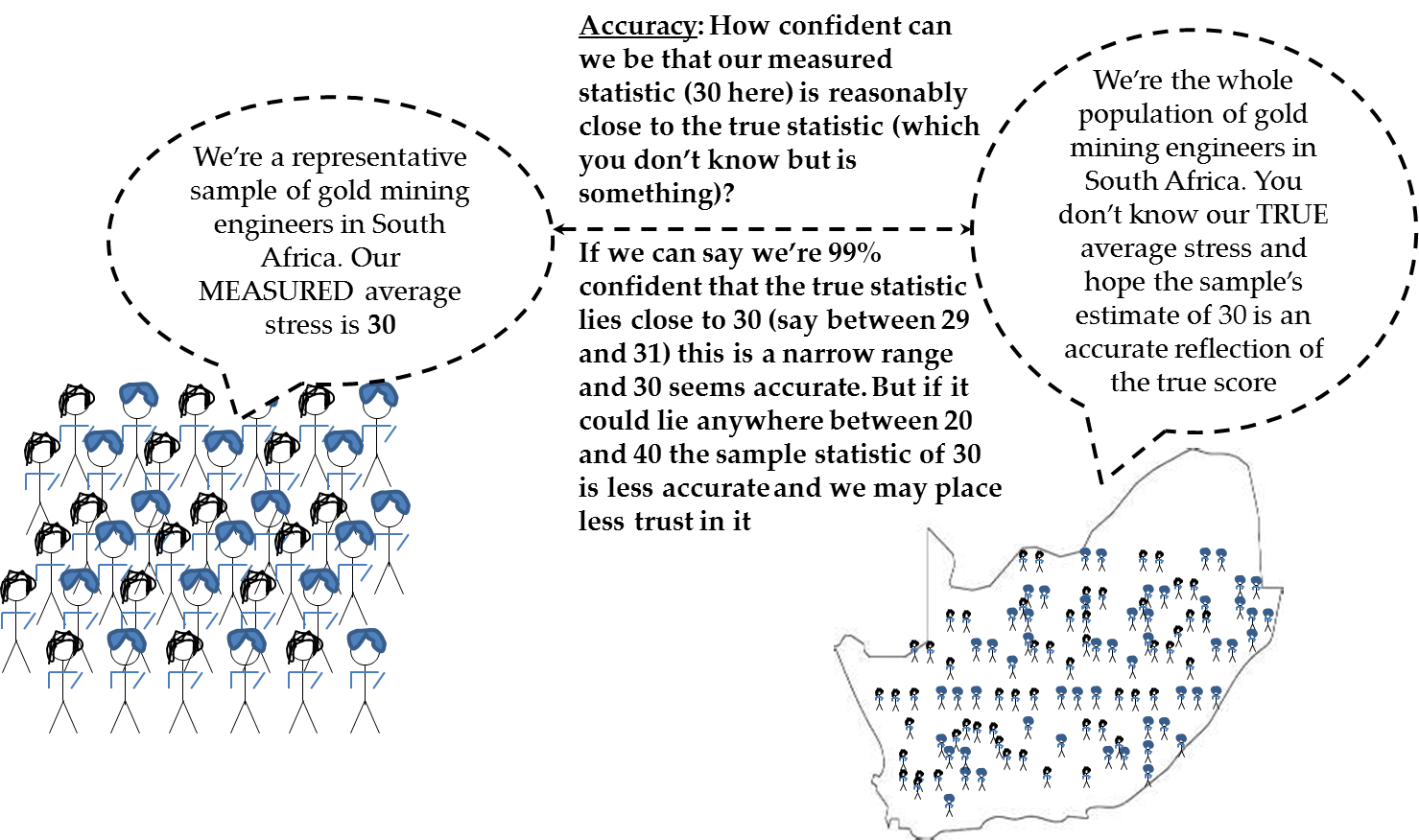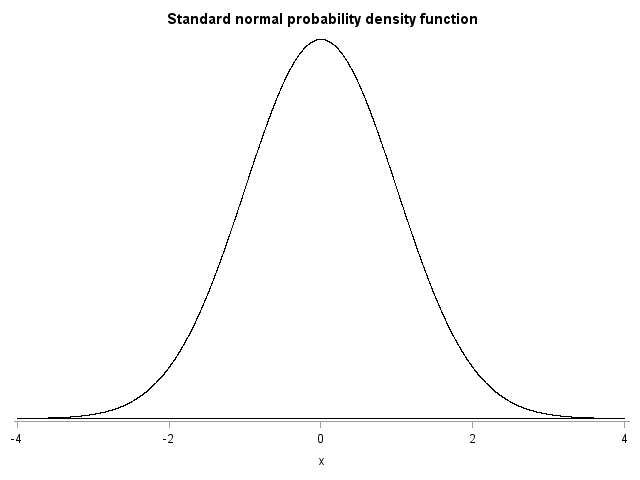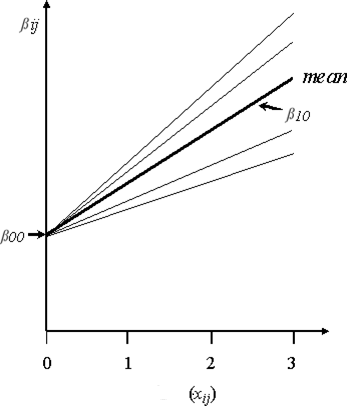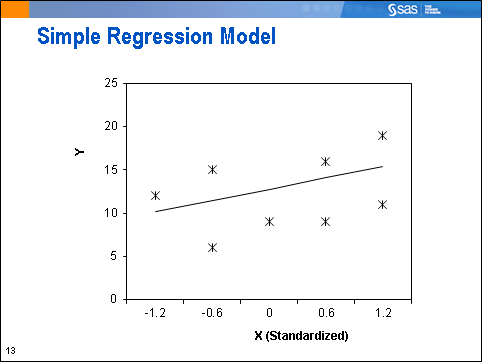
In a previous blog I suggested that many readers in many applied areas are reading statistics texts under duress for a course or project, and are in truth somewhere between disinterested and terrified. In my new SAS Press book Business Statistics Made Easy in SAS® I make use of various











